How Your Waist Affects Your Health


What Your Waist Tells You
It's an easy measuring stick for good health. That's partly because it helps estimate a type of fat called "visceral," which forms deep inside your belly area and around your organs. In general, the larger your waist, the more likely you are to have it. Too much of any body fat is bad, but visceral fat may be worse than others. It makes you more likely to get a number of serious illnesses.
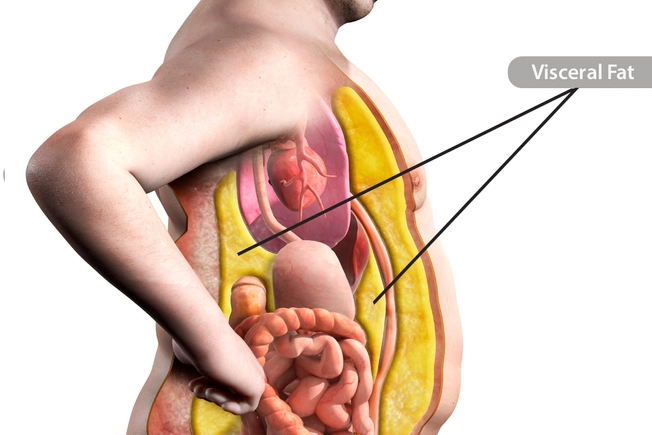
What's Wrong With Visceral Fat?
As it breaks down, visceral fat sometimes puts too many fatty acids into your blood, which raises your chances of heart disease, Alzheimer's, and high cholesterol. It could also make your body more resistant to insulin, which can lead to type 2 diabetes or pre-diabetes. Plus, proteins from visceral fat may inflame body tissues and narrow blood vessels, which can raise your blood pressure.
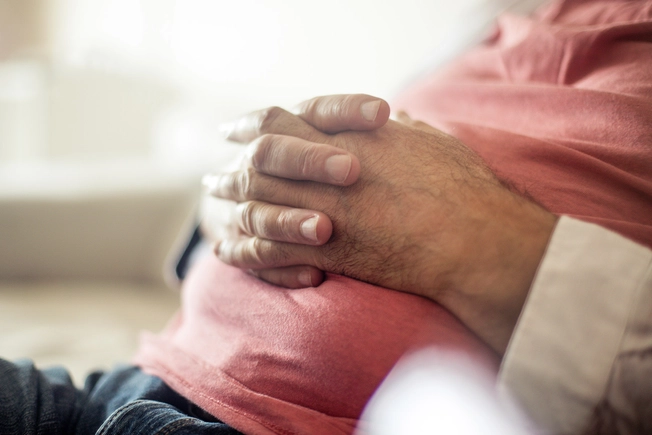
How Big Is Too Big?
Everyone is different, but there are general guidelines about waistlines. In women, 35 inches or more is typically a sign of visceral fat. In men, it's 40. These numbers may be slightly higher if your body is naturally very large. They're lower for people with Asian backgrounds: 31.5 for women and 35.5 for men. Talk to your doctor to be sure about your waist size.

Belly Fat vs. Visceral Fat
Belly fat that you see and feel pushing against your jeans is often a sign of visceral fat, but not always. It's possible to have fat just under the skin and very little visceral fat. Sumo wrestlers who train daily, for example, often have very large waists and high BMIs and yet relatively low visceral fat. This can change very quickly, of course, when these athletes stop working out.

Is Lean Always OK?
Just as a large waist doesn't always mean too much visceral fat, a slim waist doesn't always mean you're in the clear. Your visceral fat may be too high even if your waist size is in the safe range. Doctors have a term for this: TOFI, which stands for "Thin Outside Fat Inside."
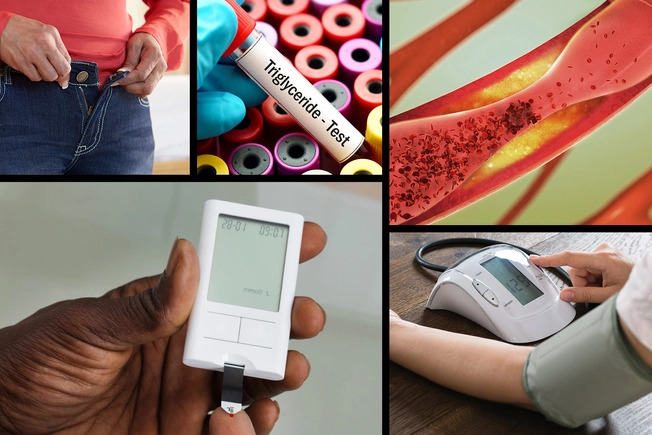
Metabolic Syndrome
The size of your waist is one of five things that can be a sign of a problem called metabolic syndrome. The other four are high levels of triglycerides, cholesterol, blood pressure, and blood sugar. Any one of these by itself could be a sign of serious illness. When you have three or more of them together, it adds up to metabolic syndrome -- a situation that raises your chances of heart disease, diabetes, and stroke.
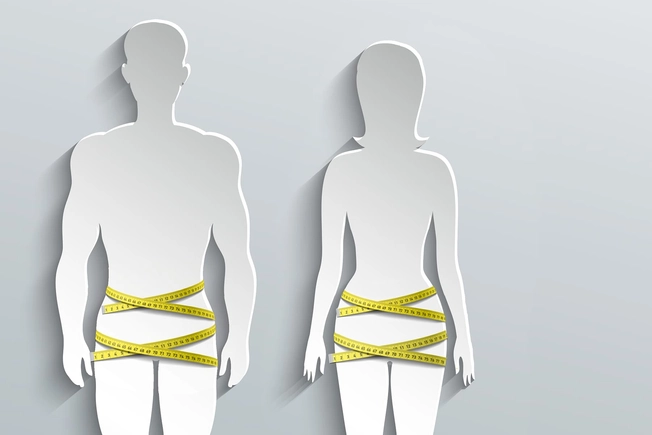
Waist-to-Hip Ratio
It's another way to check the health of your waistline. You simply divide the distance around your waist by the distance around your hips. Anything higher than 0.85 for women and 0.95 for men could mean your health is at risk. Some doctors prefer the waist-to-hip ratio to a simple waist measurement, but studies suggest the two approaches are equally good at predicting health problems.
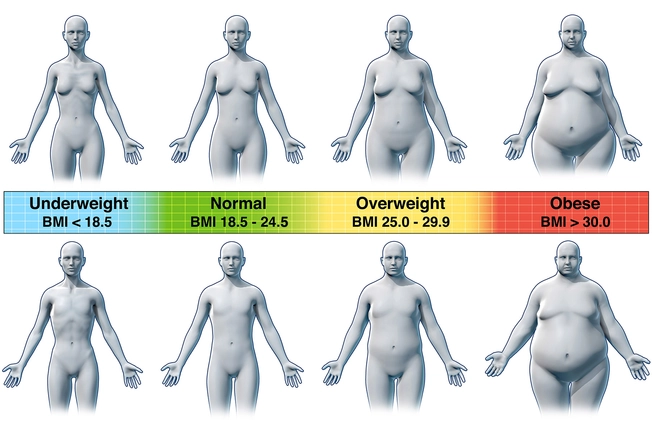
BMI
Body mass index (BMI) is another measure of visceral fat that collects around your middle. Online tools will calculate the number for you if you plug in your height and weight. The normal range is from 18.5 on the thinner side to 24.5 on the heavier side. Researchers say Asian Americans should see their doctor if they have a BMI of 23 or higher, since they may have too much visceral fat at that lower BMI range.
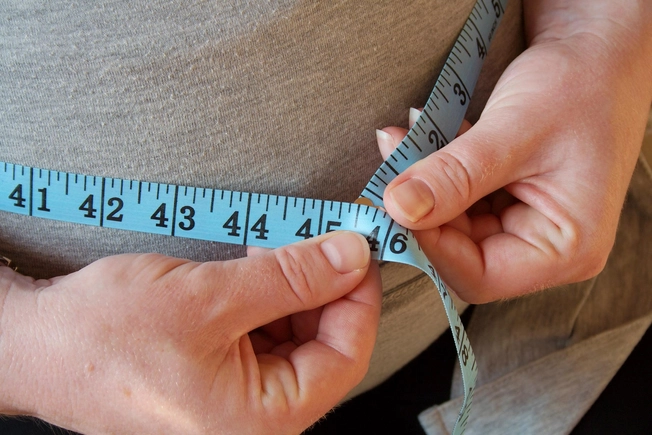
Measure Your Waist the Right Way
Accuracy is important. Stand up with your measuring tape. Make sure the tape stays straight as you measure around your waist and above your hip bones -- about in line with your belly button. And sorry, you can't suck in your gut to get a lower number! You should be relaxed and take the measurement just after you breathe out, not after you breathe in.

Are You an Apple or a Pear?
An apple-shaped body, more common in men, means you tend to store fat around your stomach, while your lower body stays thin. That often means more visceral fat and so more health problems. A "pear shape" means your body stores fat in the hip and thigh area. It's more common among women and might be part of why women typically live longer than men.

Exercise
Even if you don't lose weight, exercise can burn visceral fat and build muscle. It doesn't take much. Take the dog for a brisk walk or go for a bike ride. Thirty minutes of physical activity on most days of the week will do the trick. Throw in some muscle-building exercise with weights, push-ups, or yoga to increase your fat-burning at rest. Check with your doctor first if you haven't been active much, are older, or have health problems.

What You Eat
More calcium seems to help women lose visceral fat. Look for it in leafy greens, dairy, and fatty fish like sardines. Trans fats and fructose-sweetened foods, on the other hand, seem to encourage belly fat. Read the nutrition label, and try to avoid the bad stuff. And eat a variety of vegetables, fruits, whole grains like oatmeal and quinoa, and lean protein like skinless chicken, fish, eggs, beans, and low-fat dairy.
